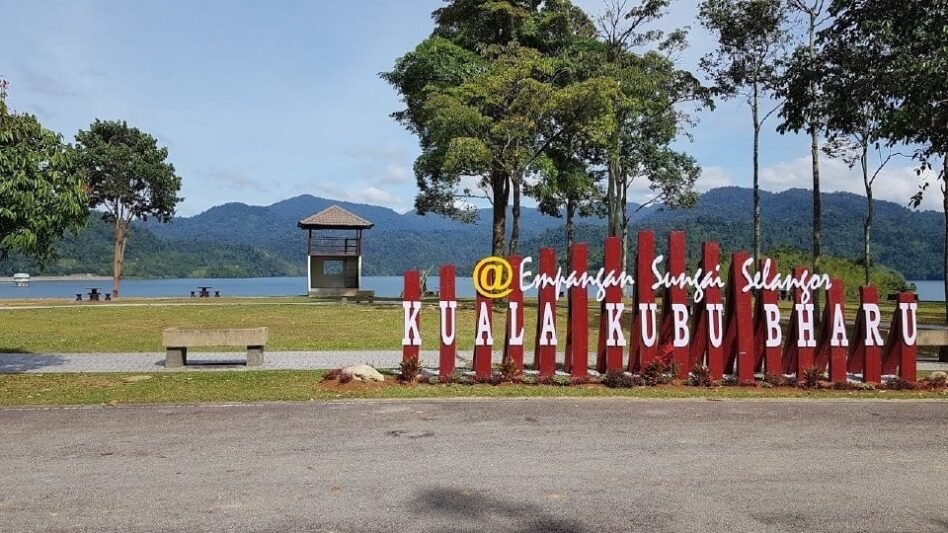By YS Chan
THE narrative so far had been centred on tourism recovery, which is possible under normal circumstances such as after an industry downturn. For natural disasters like major floods or earthquakes, international rescue and relief could even come from halfway across the world.
Recovery is the process of regaining possession of something lost, or returning to a former situation after a catastrophe, or restoring a thing to its former condition. But when it is beyond repair or restoration, it is necessary to rebuild. What is outdated ought to be replaced with new.
This holds true for tourism, as the scenario post pandemic will be vastly different from developments over the past decades.
Yet, many industry players are hoping to continue where they were forced to lay off by the COVID-19 outbreak and closing of international borders.
They failed to realise that the world has been transformed by the pandemic, and it will continue to undergo unprecedented changes.
Only those who are willing to continuously adapt to the ever-changing environment stand a chance to succeed in a new world order where disorder reigns.
Many businesses have perished and more will follow suit. And many contacts such as customers, suppliers and peers would no longer be in the same business.
Recently, I destroyed all the business cards that I have exchanged in recent years, as they will be of little use in future.

Tour businesses that have cut losses and conserved cash are most likely to thrive when they restart operations in 2024, along with new players not saddled by legacy issues or weighed down by a mountain of debt, unlike those that have taken more loans in 2020 to continue operating.
After the movement control order was introduced on Mar 18, there were little or no sales or operations in tour companies, apart from settling refunds.
Hence, I was amazed that a staff of a Melaka company had been working 16 hours a day planning for shore excursions in 2025.
Even if the Melaka International Cruise Terminal were to be completed on time, there is no certainty that many cruise ships will stop by to berth, as it is too near to Port Klang and Singapore.
Similarly, it is difficult for Kuala Lumpur International Airport to grow into a larger airline hub because of its proximity to two established hubs. More airlines would choose either Singapore or Bangkok.
Likewise, most cruise operators would opt for Port Klang for shore excursions that cover the Klang Valley, which includes Kuala Lumpur and an optional detour to Putrajaya.
The tour staff has also been working with tourist spots to make sure they can cope with buses load of cruise passengers from 2025.
I wonder what these tourist spots can do when even large hotels do not design a separate entrance for tour bus passengers to embark and disembark.
On buses, the Melaka state government ought to be congratulated for planning to introduce electric-powered buses from January next year.
While bus fares will be made affordable, Sarawak will be the first state to operate an electric bus and free of charge to both locals and visitors.
Although a novelty in Malaysia and around the world, it is a common sight in China, which has over 500,000 electric buses running on the roads there, about 99% of the world’s total. Many countries will have to switch to electric buses, particularly for use in heavily polluted cities.
In future, tour companies operating electric buses will be preferred over those running on dirty diesel. Between 2000 to 2003, I drove premier taxis that were powered solely by clean burning compressed natural gas.
My passengers, particularly Europeans, were delighted riding in my taxi, knowing they have played a part to minimise environmental damage.
Likewise, environmentally conscious tourists will opt for green hotels, malls and tour operators to practise responsible tourism.
Tourism of the future will go beyond providing safety, security, comfort and convenience, as demographic factors of foreign visitors will change considerably.
It will be pointless to recover markets that have been wiped out by the pandemic or salvage the little left behind. Tour operators ought to learn lessons from the demise of the mighty Kodak.
Back home, traditional taxi companies that rented out metered cabs have turned into dinosaurs.
From April to December this year, Malaysia received an average of 11,000 foreign visitor arrivals per month, which is equivalent to only 132,000 a year.
In the best-case scenario, total arrivals hit five million next year and increase by five million annually in the coming years.
If so, arrivals would reach 10 million in 2022, 15 million in 2023, 20 million in 2024 and 25 million in 2025. Subsequently, the aim is to exceed 26.1 million achieved in 2019, 26.76 million in 2016 and 27.55 million in 2014. Can these arrivals be in the pipeline or remain a pipe dream?
But for now, tour operators are swimming against the tide, if not a tsunami, as most of the foreigners entering Malaysia will be independent travellers that do not require their service. Rebuilding the tour business would also entail making changes to outmoded business models. – Dec 16, 2020










